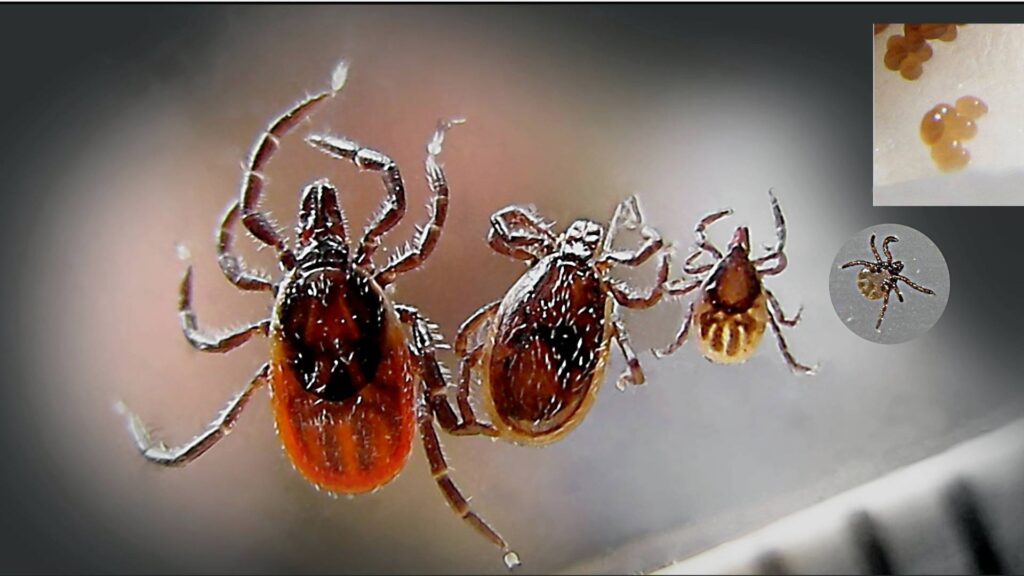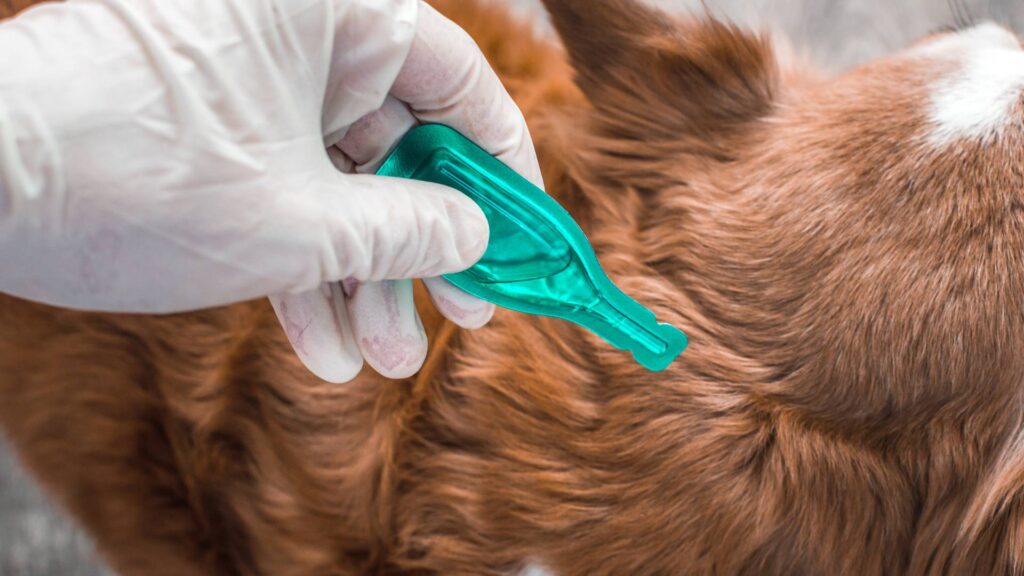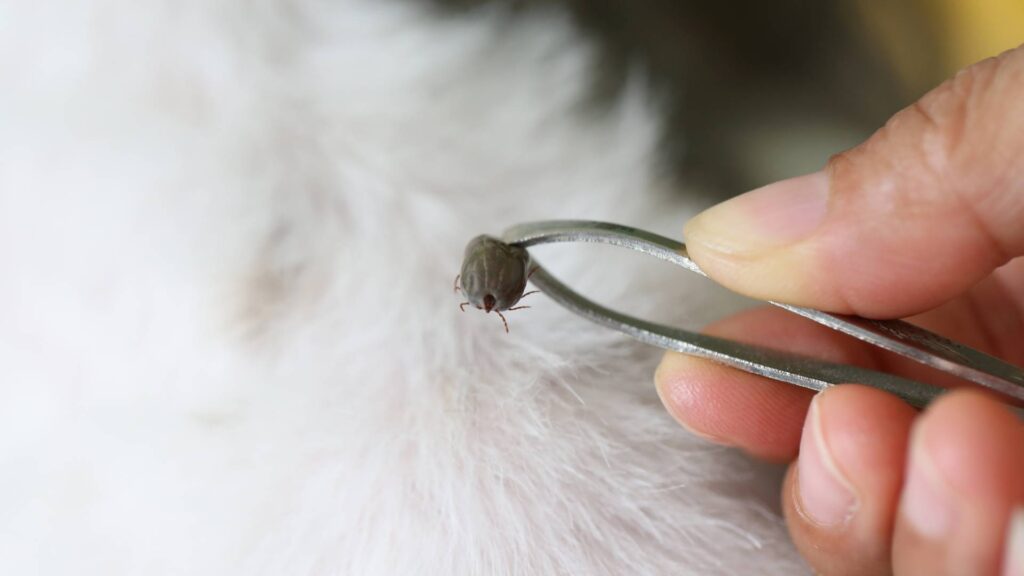Table Of Content
ToggleAs a pest control expert who’s seen more than my fair share of tick infestations, I can tell you firsthand that ticks in the house are more than just an icky inconvenience—they’re a serious health hazard.
Drawing from years of experience, I’ve put together this comprehensive guide to help you navigate the tricky waters of indoor tick control. From identifying early signs of infestation to employing strategies that keep these critters out for good, consider this your go-to manual for a tick-free home.
Ticks are sneaky little creatures that thrive in warm, humid environments. They’re not just outdoor pests; they can easily hitch a ride into your home on pets, clothing, or through tiny crevices leading to a tick problem. Here’s what you need to know:
Explore your pest control options for a safer home today.

Avoiding ticks from entering your home is key. Here are some bulletproof strategies:
If ticks have already made their way into your domain, it’s time to show them the door—permanently. Here’s how to make the tick removal:
While you can try natural tick repellents, it’s always better to call a professional extermination company to help you deal with the issue in your home and yard.
Tailor your pest management strategy. Start now.

Incorporating the a treatment plan into your tick prevention strategy can significantly reduce the likelihood of tick invasion, complementing physical measures and awareness to maintain a tick-free environment for your pets and family members.
Choose the best pest control frequency. Get expert guidance.

As someone who’s been in the trenches fighting these blood-sucking pests, I assure you that taking control of a tick invasion in your home is entirely doable.
With a combination of preventive measures, diligent cleaning, and the occasional professional intervention, you can protect your loved ones from the dangers ticks pose.
Remember, the key to effective extermination for ticks in your home lies in being proactive. By following the strategies outlined in this guide, you’re not just eliminating ticks; you’re safeguarding your home against future invasions. So here’s to a tick-free home and the peace of mind that comes with it!
Remember, while this guide offers a solid foundation for tick control, every situation is unique. Don’t hesitate to contact a pest control professional if you’re dealing with a severe invasion or if you have concerns about the safety of your household pets during the treatment process. Your home is your sanctuary, and you deserve to feel comfortable and safe within its walls.
To get rid of ticks in your house, thorough cleaning and the use of tick-specific pesticides are essential. Start by vacuuming floors, furniture, and crevices thoroughly to remove ticks and their eggs. Wash bedding and pet bedding in hot water. Consider applying tick-specific pesticides or diatomaceous earth to affected areas, following safety instructions closely.
Professional pest control services can effectively eliminate ticks by using specialized treatments. These services may employ a combination of chemical treatments, targeted pesticides, and growth regulators that specifically address tick invasions, ensuring that both adult ticks and their larvae are eradicated from your home.
Secure your home with the right pest control plan. Find out how.
Yes, you can spray indoors for ticks using products designed for indoor use. Ensure the pesticide is labeled for indoor tick treatment and follow the manufacturer’s instructions for application and safety. It’s crucial to choose sprays that are safe for use around pets and children, and to ventilate the area well after spraying.
Your trusted pest control experts in Southern California. Keeping your neighborhood pest-free!